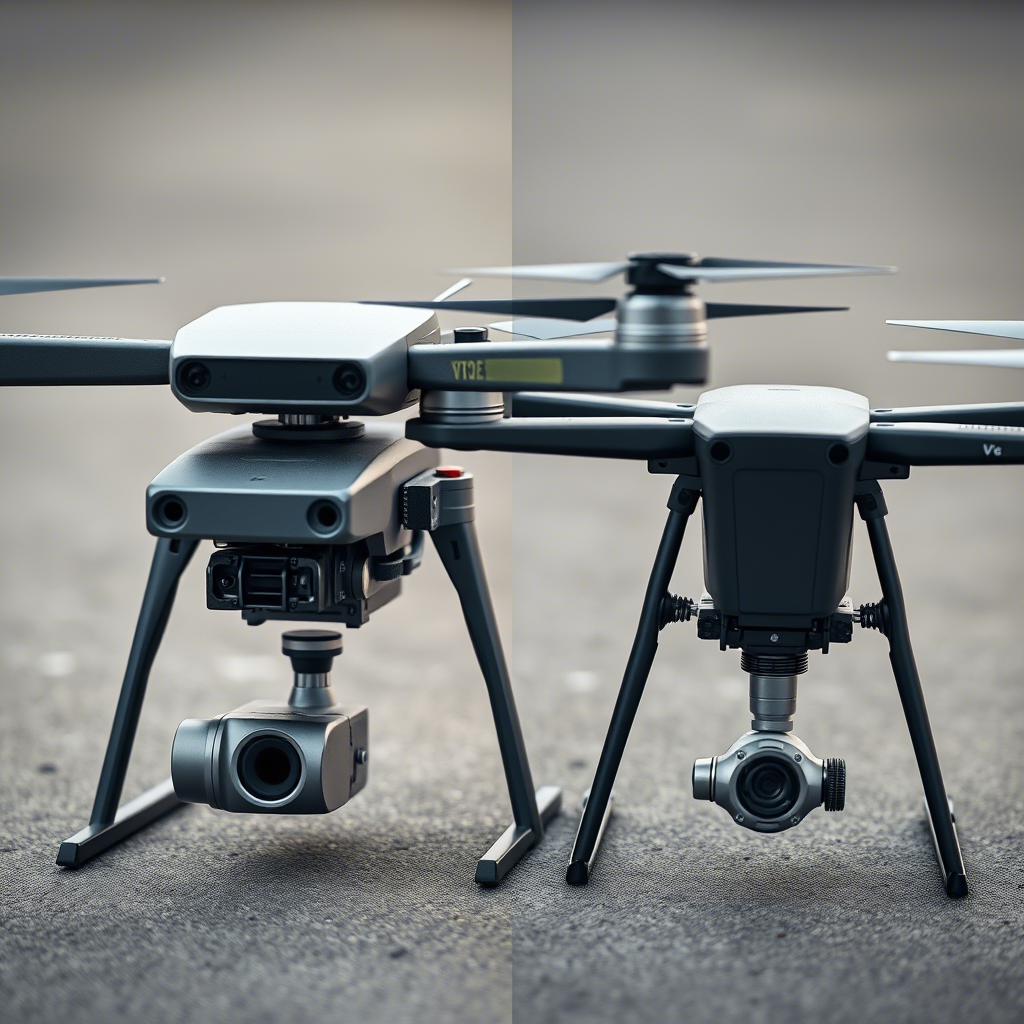The application of new materials in agricultural drones
Innovative Materials Transforming Applications in Agricultural Drones for Crop Protection
The adoption of advanced materials in agricultural drones is revolutionizing their performance, durability, and efficiency in crop protection tasks. These materials address critical challenges such as weight reduction, chemical resistance, and environmental adaptability, enabling drones to operate more effectively in diverse farming conditions. Below are key areas where novel materials are reshaping the design and functionality of plant protection drones.
Lightweight Composites for Enhanced Flight Efficiency
Traditional agricultural drones often face limitations in payload capacity and battery life due to heavy structural components. The integration of lightweight composite materials, such as carbon fiber-reinforced polymers and advanced alloys, significantly reduces the drone’s overall weight without compromising strength. This allows for longer flight times and increased carrying capacity for pesticides or sensors. For instance, carbon fiber frames are not only corrosion-resistant but also dampen vibrations, improving stability during high-precision spraying operations. Additionally, these materials withstand harsh weather conditions, ensuring reliability in regions with extreme temperatures or humidity.
Corrosion-Resistant Coatings for Chemical Exposure
Agricultural drones are frequently exposed to corrosive substances like pesticides, fertilizers, and moisture, which can degrade their components over time. To mitigate this, manufacturers are employing specialized coatings and surface treatments derived from nanotechnology or ceramic composites. These materials create a protective barrier that repels chemicals and prevents rust, extending the drone’s lifespan. For example, nano-coatings applied to electronic circuits enhance waterproofing while maintaining signal integrity, reducing maintenance costs for farmers. Such innovations are particularly valuable in humid tropical regions where equipment degradation rates are higher.
Energy-Efficient Materials for Sustainable Operations
As sustainability becomes a priority in agriculture, drones are being designed with materials that optimize energy consumption. Photovoltaic cells integrated into drone wings or bodies, made from flexible perovskite solar films, enable partial self-charging during flight. This reduces reliance on traditional batteries, lowering operational costs and environmental impact. Additionally, phase-change materials (PCMs) incorporated into battery housings help regulate temperature, preventing overheating and improving energy storage efficiency. These advancements align with global efforts to minimize carbon footprints in farming practices while maintaining high productivity levels.
Flexible Electronics for Adaptive Sensor Integration
The rise of flexible electronics, such as printed circuits on polymer substrates, allows for more compact and versatile sensor arrays in agricultural drones. These materials enable the integration of multispectral cameras, hyperspectral imagers, and LiDAR systems without adding significant bulk. For instance, stretchable conductive inks can be applied to drone surfaces to create embedded sensors that monitor crop health in real time. This adaptability ensures drones can be customized for specific tasks, from pest detection to soil analysis, without requiring extensive redesigns. Such flexibility is crucial for addressing the evolving needs of precision agriculture.
Biodegradable Components for Reduced Environmental Impact
To address concerns about plastic waste in agriculture, researchers are developing biodegradable polymers derived from plant-based sources like cornstarch or cellulose. These materials can replace conventional plastics in non-critical drone components, such as casings or protective covers. While maintaining structural integrity during use, they decompose naturally after disposal, minimizing long-term pollution. Although still in early stages, this approach aligns with circular economy principles and could gain traction as regulatory pressures on single-use plastics increase globally.
By leveraging these innovative materials, agricultural drones are becoming more resilient, efficient, and eco-friendly. As material science continues to evolve, future iterations may incorporate self-healing polymers or smart materials that respond dynamically to environmental changes, further enhancing their role in sustainable crop protection.

